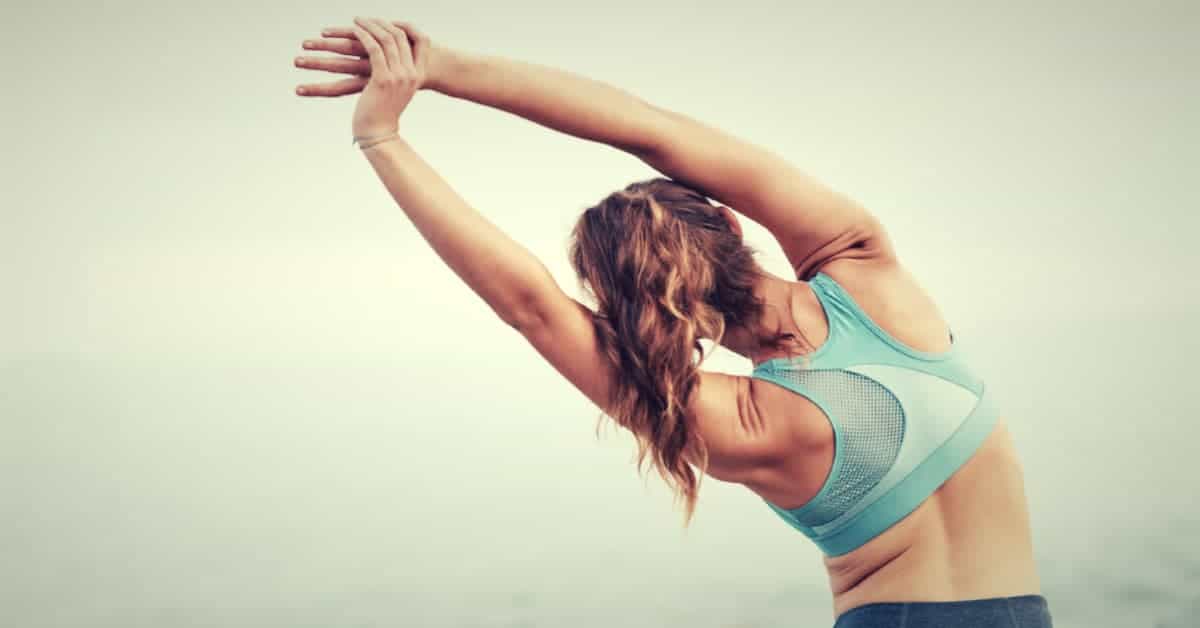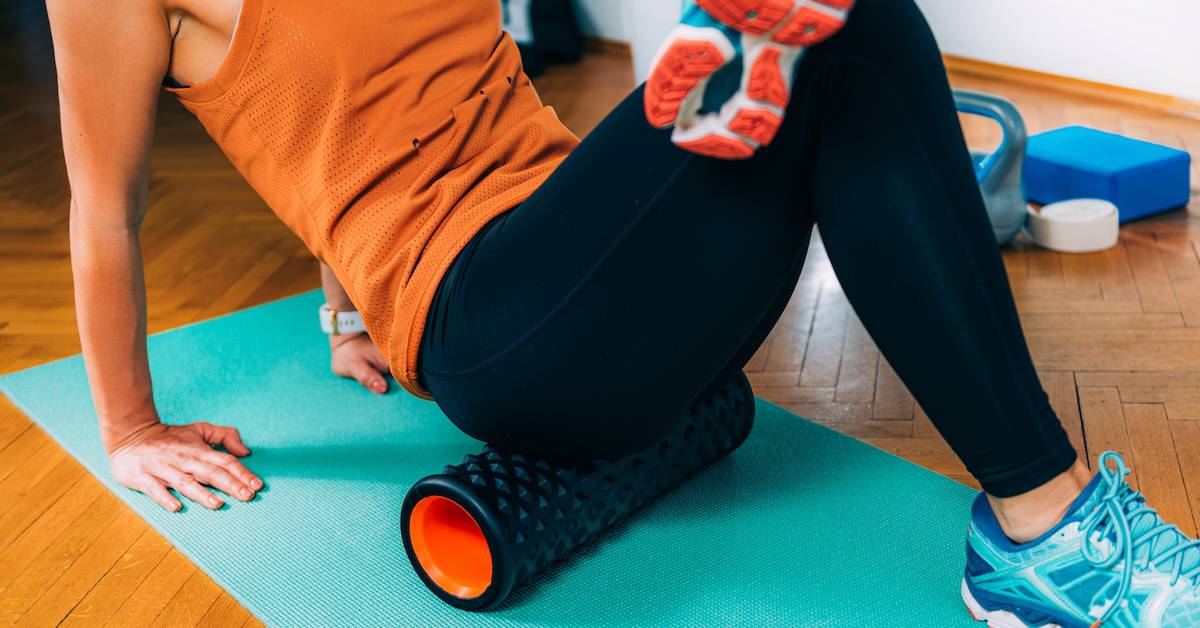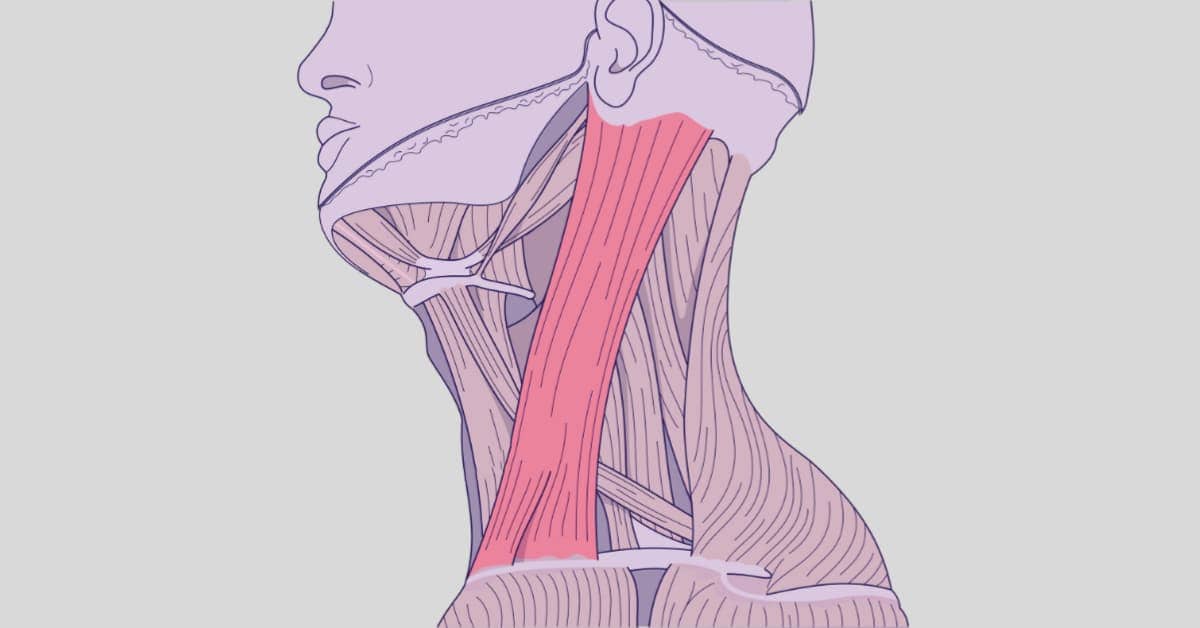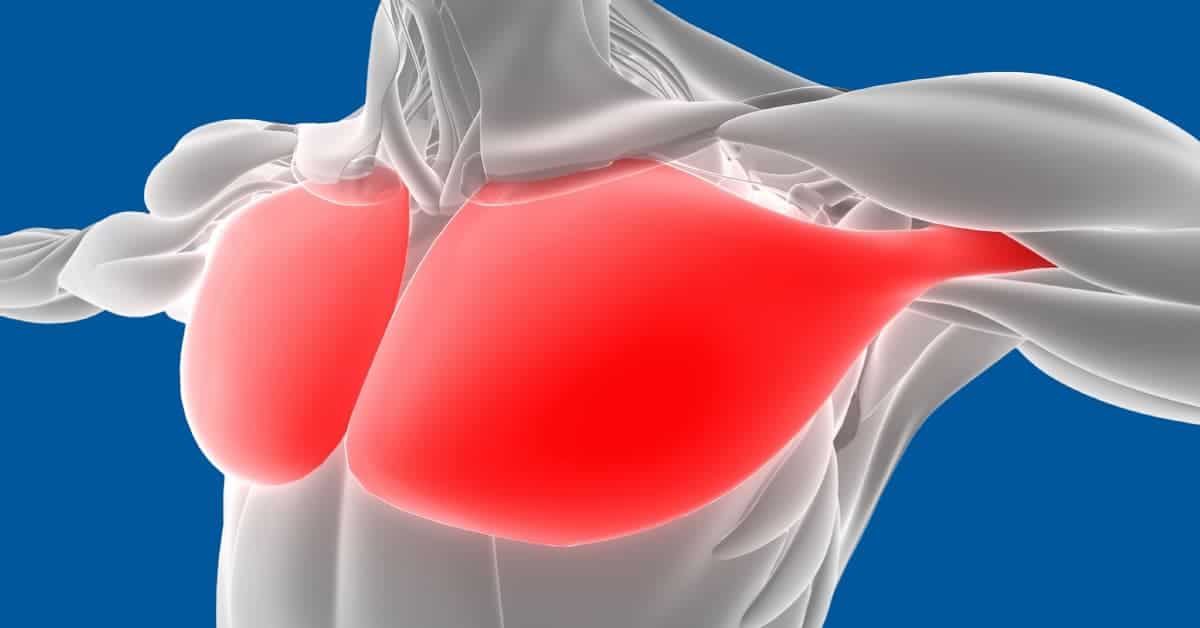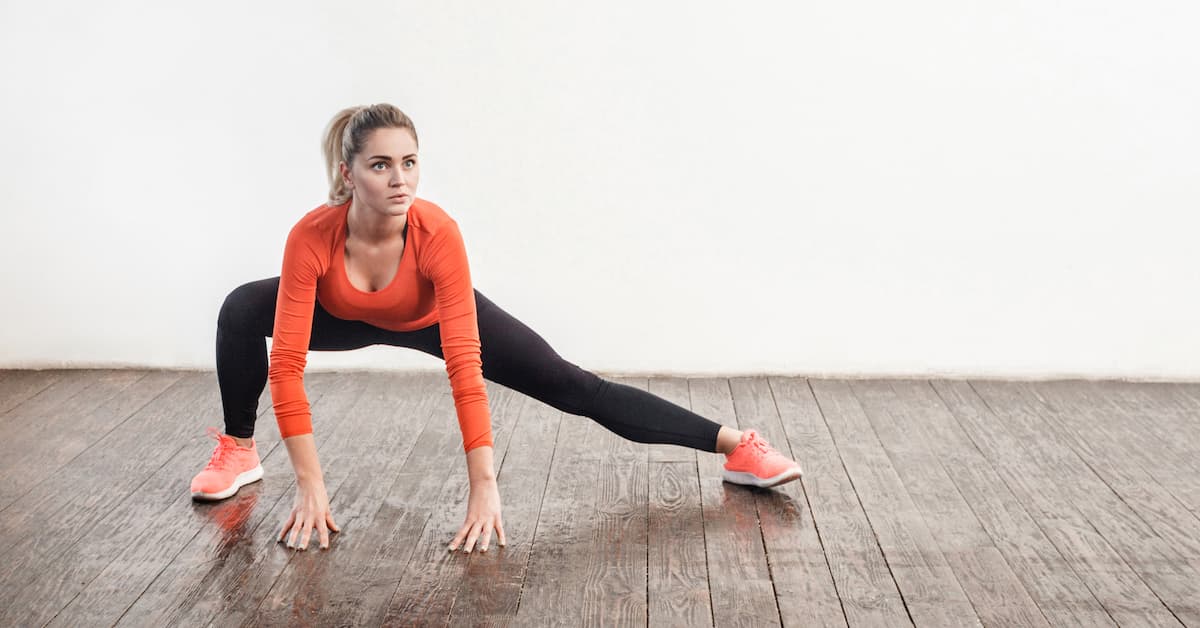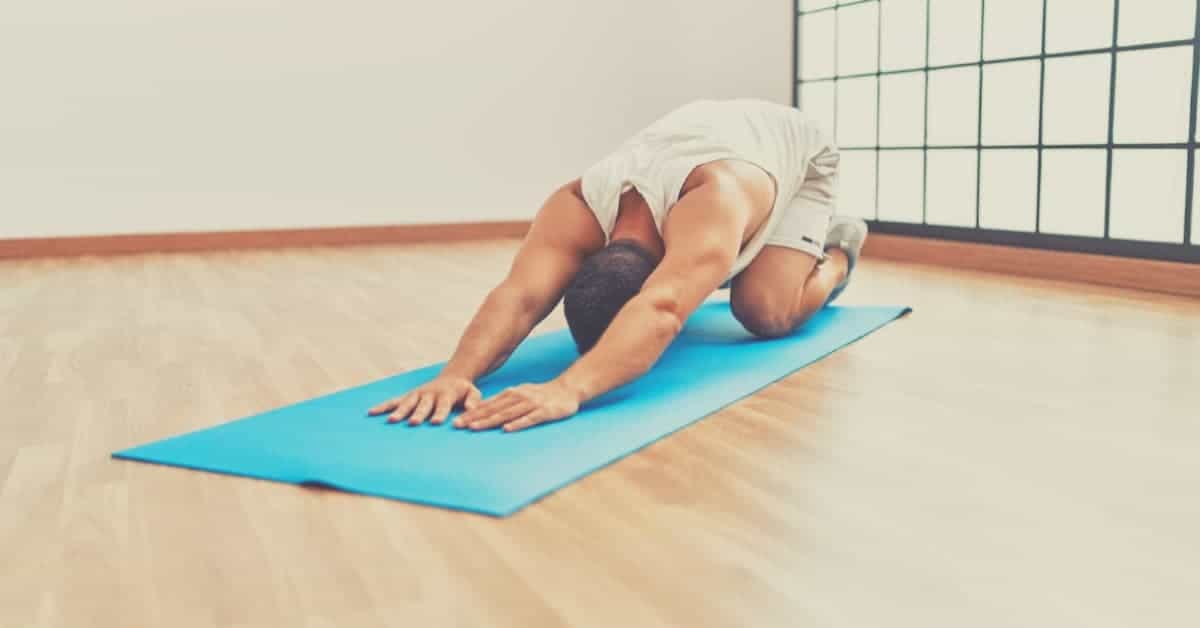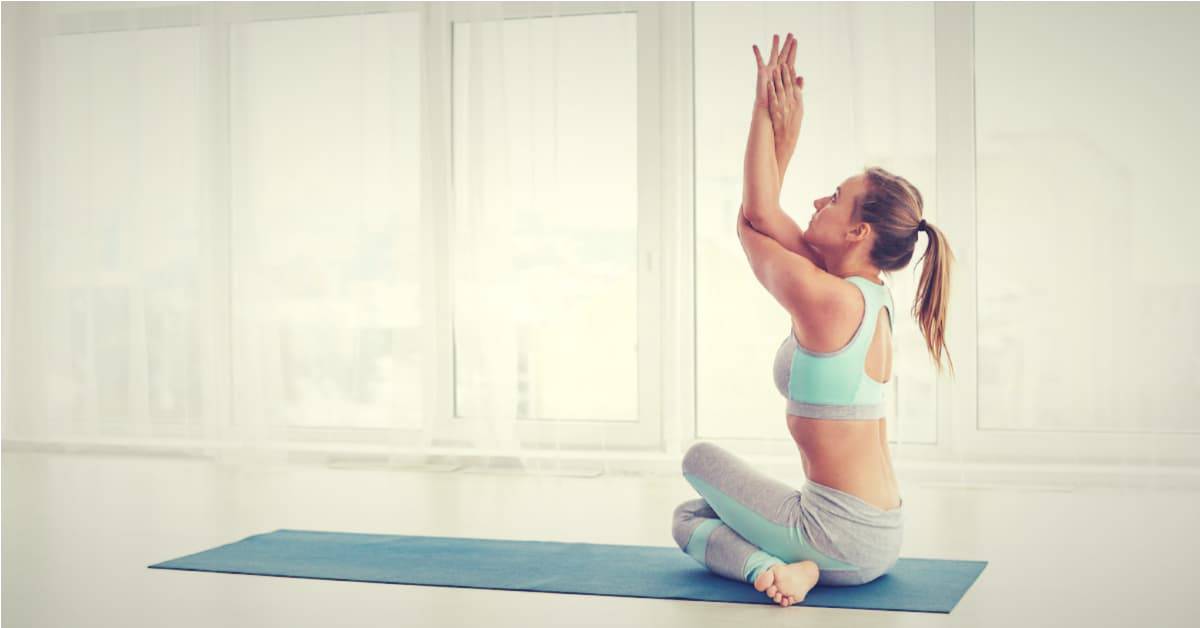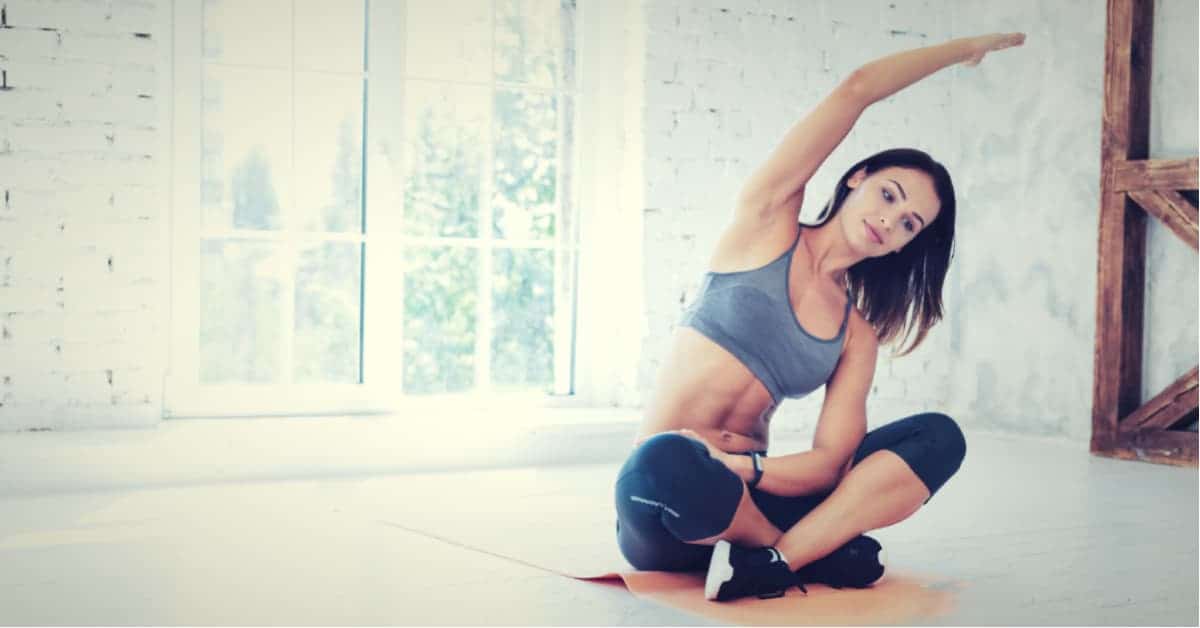Throughout the day, we find ourselves in various positions – sitting and standing, often for extended periods. This constant engagement with gravity results in a natural compression of our spine. Over time, we may feel the need to stretch it out to get some relief; this is where spinal decompression techniques can be beneficial.
In this article, we’ll explore what spinal compression and decompression mean, their causes, and how you can safely practice spinal decompression at home.
I. What is Spinal Decompression Therapy?
Spinal decompression therapy is a non-surgical technique to relieve pain and promote an optimal healing environment for bulging, degenerating, or herniated discs.
The therapy involves stretching the spine, using a traction table or similar motorized device, with the goal of relieving back or leg pain. This process helps create space between the vertebrae, alleviating pressure on compressed nerves. The reduced pressure can also encourage a flow of nutrient-rich fluids, oxygen, and water into the discs, fostering an environment for healing and potentially mitigating pain.
While this therapy can be performed in a professional medical setting with motorized devices, there are also a variety of stretches and exercises that can potentially offer a similar effect, and these can be performed at home.
II. Does Spinal Decompression Work?
Spinal decompression therapy can potentially benefit some individuals, particularly those suffering from specific types of back pain such as bulging or herniated discs, or sciatica.
However, the effectiveness of spinal decompression therapy, like many therapies, varies from person to person. Some people might find significant relief from their back pain, while others might notice little to no change. Moreover, the effectiveness might also depend on the nature and severity of the individual’s condition, their overall health, and other factors.
III. Precautionary Measures
Before diving into spinal decompression therapy, it’s important to know that while these techniques can provide some relief, they may not be suitable for everyone.
If you’re dealing with a specific medical condition or persistent back pain, consult a healthcare professional before trying these techniques at home. It’s always better to have personalized advice tailored to your unique condition and needs.
IV. At-Home Exercises for Spinal Decompression
The exercises we’ll be exploring aim to help stretch and potentially decompress your spine right in the comfort of your home. They’re relatively straightforward and don’t require much equipment.
Remember that you should always move at your own pace and comfort level – don’t push too hard and remember, it’s okay to take it slow.
Overhead stretch
This simple stretch can be done standing or sitting.
- Stand or sit up straight.
- Extend your arms above your head, interlocking your fingers.
- Reach upwards as high as you can, feeling a stretch along your spine.
- Hold the stretch for at least 30 seconds.
Child’s pose
This yoga pose helps to elongate and decompress the spine.
- Start on all fours.
- Sit back onto your heels, spreading your knees wider as you do so.
- Reach your arms forward, placing your palms flat on the floor.
- Lower your forehead to the floor and relax.
- Reach your hands to the left, hold, and then repeat on the right for added decompression.
- Hold each stretch for at least 30 seconds.
Cat-cow
This is another yoga pose that promotes mobility and decompression in the spine.
- Start on all fours.
- Inhale as you drop your belly towards the mat, lifting your chin and chest (cow pose).
- Exhale as you draw your belly to your spine and round your back toward the ceiling (cat pose).
- Repeat these movements for at least 30 seconds.
Knee to chest stretch
- Lie flat on your back.
- Bring one knee up towards your chest, holding it with both hands.
- Keep the other leg straight or bent, whichever feels more comfortable.
- Hold the stretch for at least 30 seconds, then switch legs.
Thoracic spine foam rolling
Foam rolling is a great tool for decompressing the spine and relieving muscle tension.
- Place the foam roller on the ground.
- Lie on your back on the foam roller.
- Keeping your balance, slowly roll your upper to mid back up and down the roller.
- Focus on areas that feel particularly tight.
- Continue for at least 30 seconds.
Bar hang
This exercise can be done at home if you have a pull-up bar.
- Grab onto the pull-up bar with both hands.
- Allow your body to hang, relaxing your muscles.
- Keep your feet off the ground, if possible.
- Hang for at least 30 seconds.
Kitchen sink stretch
This is a convenient stretch you can do while doing everyday chores.
- Stand in front of your kitchen sink.
- Hold onto the edge of the sink.
- Step back from the sink until your arms are fully extended.
- Lean forward, keeping your legs straight.
- You should feel a stretch along your spine.
- Hold the stretch for at least 30 seconds.
Stability ball decompression stretch
For this stretch, you’ll need a stability or exercise ball.
- Position yourself over the stability ball, stomach first.
- Relax your body onto the ball, allowing your back to curve over it.
- Reach out with your arms and legs, fully extending them.
- Hold the stretch for at least 30 seconds.
T-spine extension
- Position yourself in front of a bench or chair, on your knees.
- Place your elbows on the bench.
- Lower your chest towards the floor, keeping your hips over your knees.
- You should feel a stretch in your upper back.
- Hold the stretch for at least 30 seconds.
Foam roller backbends
This exercise is a variation of the foam rolling technique mentioned above.
- Position the foam roller horizontally behind you.
- Sit in front of the foam roller.
- Gently lie back onto the foam roller, so that it’s positioned beneath your mid to upper back.
- Allow your back to arch over the roller.
- Hold the position for at least 30 seconds.
Decompression Tools and Products
In addition to the exercises, various products on the market can aid spinal decompression. Remember, always consult with a healthcare professional before trying new products.
- Inversion tables: These tables allow you to hang upside down, using gravity to create space between your vertebrae.
- Decompression boots: They are also used for inversion therapy, but instead of a table, you wear these boots and hang upside down from a bar.
- Decompression belts: When inflated, these belts can provide traction force to help decompress the spine.
- Low back stretchers: These devices have a curved design to match the natural curvature of your spine. You lie on them and relax to help stretch your back.
Closing Thoughts
As we end this exploration into home-based spinal decompression, it’s important to remember that everyone’s body and health circumstances are unique. The techniques we’ve discussed may offer some relief for certain individuals but may not work for everyone.
Always prioritize your comfort and safety, and consider consulting with a healthcare professional before starting any new exercise regimen. This journey towards better spinal health is personal and varies from individual to individual.
